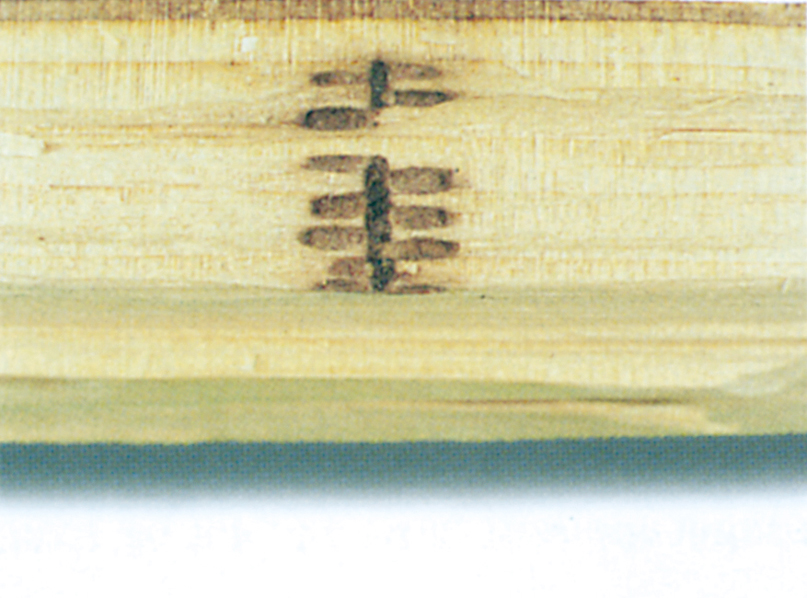These are scolytid beetles that are not completely typical for they make tunnel systems in the wood itself. The adults gnaw their way into the wood, bringing with them the spores of special fungi which germinate and grow on the insides of the tunnels.
The fungi are able to digest the cellulose in the wood and they produce nutritious spores on which the beetles and their larvae feed. This food is known as ambrosia. In Greek mythology ambrosia was the food of the gods, and their drink was nectar.

When the tree dries out the fungi can no longer thrive and the attack dies out, so in normal circumstances this is not an economically important pest of building timber. If timber is directly exposed to wind and rain the holes made by the beetles will provide an entry for various moulds.
When timber is valued for its aesthetic appeal, as it is when it is used for making furniture, the holes and discoloration produced by an attack by ambrosia beetles will considerably reduce the commercial value. In some cases, however, the workings of the beetles may be utilized as part of a decorative pattern, for they can be quite attractive.
Traces of the workings of ambrosia beetles can often be seen in imported hard- woods from the tropics.




